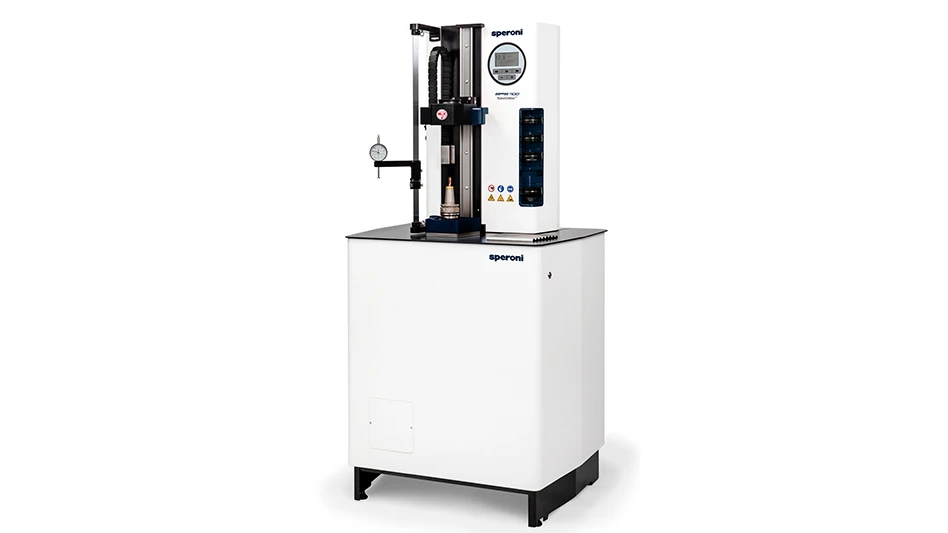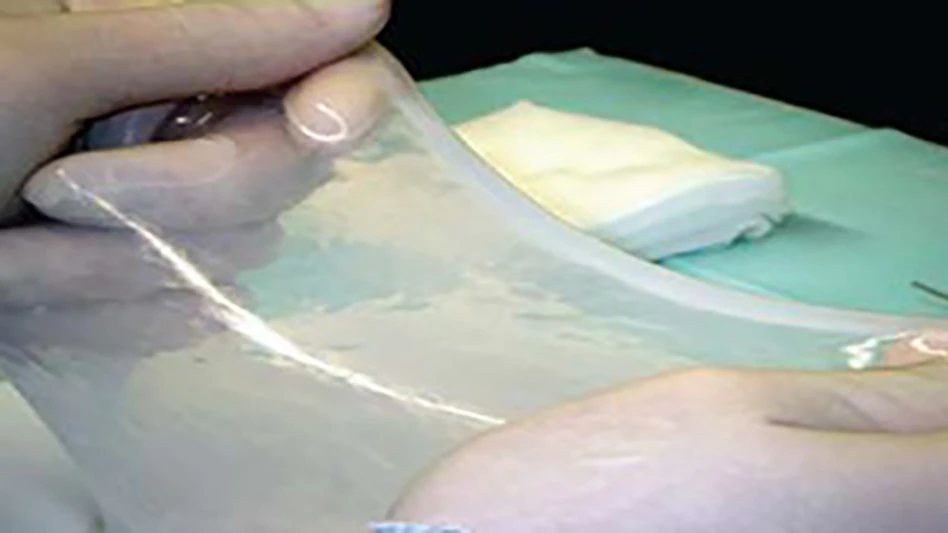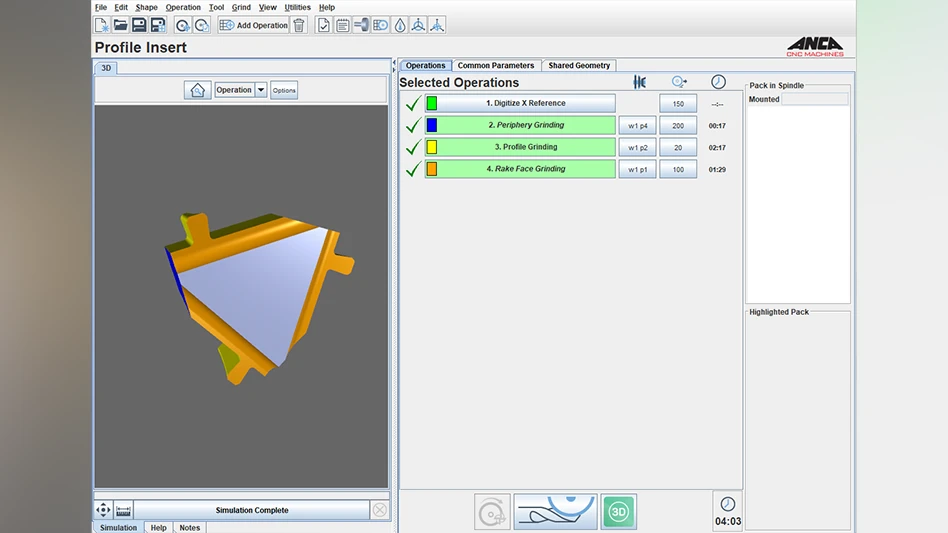
AMETEK Engineered Medical Components has received a U.S. patent for its design for an electrocardiogram (ECG) cable and electrical assembly that exceeds the low-noise and electromagnetic interference standards established by the ANSI/AAMI EC-53 for ECG cable and lead wires.
The patented design includes a low-noise coating that is applied to the cable’s primary conductors and a shield that is applied over the conductors. The shield tightly binds the cable’s insulted conductors together, while a semi-conductive wall between the conductors and the shield reduces rubbing that can result in triboelectric charges. This proprietary cable construction can be applied to cables designed with three to 10 ECG position/patch configurations
Typically in an ECG cable, the signals received by the electrotrodes are very faint, occurring in the millivolt range. Noise in a signal may make an accurate diagnosis difficult, if not impossible. Minimizing the effect of electric noise on the signal is an extremely important element of ECG cable design.
Currently, ECG cables are required to meet ANSI/AAMI EC-53 standards, which established minimum requirements for range of critical electrical parameters, including cable and lead wire noise. And, while ANSI/AAMI EC-53 pertains specifically to ECG cables, the standard is commonly used to establish the performance requirements of other medical device cables.
Triboelectric noise can occur when a cable or shielded lead wire is flexed, causing internal conductors, or other components to rub together. These charges can occur in particular during emergency situations or stress testing when the cable is subject to movement. The EC-53 standard establishes test methods for measuring cable noise as well as a 50µV maximum for triboelectric noise.
Latest from Today's Medical Developments
- Teleflex sells acute care and urology businesses for $2.03 billion
- HANNOVER MESSE: Where research and manufacturing meet
- What’s next for the design and manufacturing industry in 2026?
- Arcline to sell Medical Manufacturing Technologies to Perimeter Solutions
- Decline in German machine tool orders bottoming out
- Analysis, trends, and forecasts for the future of additive manufacturing
- BlueForge Alliance Webinar Series Part III: Integrate Nationally, Catalyze Locally
- Robot orders accelerate in Q3





